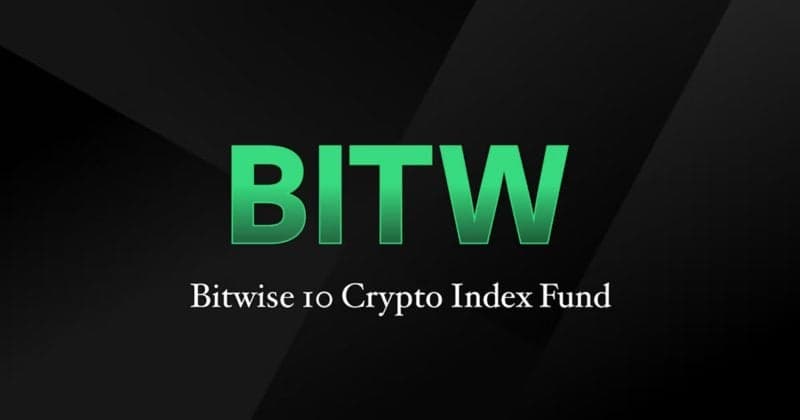About Avalanche (AVAX) in South Korea
Avalanche (AVAX) is a decentralized platform tailored for building and deploying decentralized applications and enterprise blockchain solutions. Its unique Avalanche Consensus mechanism allows for high throughput and low latency, processing thousands of transactions per second with finality in...
The architecture of Avalanche comprises three interoperable blockchains: the X-Chain for asset transfers, the C-Chain for smart contracts, and the P-Chain for validator coordination and subnet creation. This multi-chain design enhances scalability and flexibility, catering to a variety of...
Avalanche (AVAX) supports diverse use cases, particularly in decentralized finance (DeFi), enterprise solutions, and digital asset management. It enables the creation of custom blockchain networks for businesses, facilitating supply chain management and secure data sharing.
The tokenomics of AVAX features a capped supply of 720 million tokens, distributed to incentivize network participation and governance. AVAX tokens are utilized for transaction fees, staking, and governance, allowing holders to vote on protocol upgrades.
Avalanche employs a multi-layered security architecture with a robust validation process to ensure network integrity. The Avalanche consensus mechanism uses repeated random sampling for transaction confirmation, enabling rapid finality and high throughput while safeguarding against attacks.
Since its launch in September 2020, Avalanche has focused on scalability, interoperability, and usability. Key milestones include the introduction of the C-Chain for Ethereum compatibility and various upgrades to improve transaction speeds and reduce fees.
Ensuring the Security of Your Avalanche (AVAX) Holdings in South Korea
To safeguard your Avalanche (AVAX) assets, consider using a hardware wallet like Ledger or Trezor, which offers a secure offline method for storing your private keys. This is particularly important given South Korea's stringent regulations on cryptocurrency security.
For effective private key management, generate and store your keys securely with strong, unique passwords. Always enable two-factor authentication to add an extra layer of protection. Be vigilant against common threats such as phishing scams and malware, which are prevalent in the South Korean...
Regularly update your software and utilize reputable antivirus solutions to minimize risks. Avoid clicking on suspicious links, as these can lead to unauthorized access to your assets. Additionally, implementing multi-signature wallets can enhance security by requiring multiple approvals for...
Lastly, establish a comprehensive backup strategy by securely storing your recovery phrases and wallet backups in various physical locations. This ensures protection against environmental hazards and unauthorized access, aligning with best practices in South Korea's crypto landscape.
Understanding How Avalanche (AVAX) Functions in South Korea
Avalanche features a distinct blockchain architecture comprising three interoperable chains: the X-Chain for asset transfers, the C-Chain for smart contracts, and the P-Chain for platform management and validator coordination.
Avalanche's consensus mechanism, known as Avalanche consensus, merges classical and Nakamoto consensus benefits, enabling high throughput and low latency through a directed acyclic graph (DAG) structure. This is particularly relevant in South Korea's fast-paced crypto market, where transaction...
Transactions are validated as nodes sample a small, random subset of others to confirm validity, achieving rapid consensus without requiring full participation. This method enhances efficiency, aligning with South Korea's emphasis on innovative blockchain technologies.
Network security is bolstered by a robust validator system that stakes AVAX tokens, economically disincentivizing malicious activities. This aligns with South Korea's stringent security regulations, ensuring a safer environment for crypto users.
Avalanche's unique features allow for the creation of custom blockchains and subnets, enabling developers to tailor networks for specific applications while ensuring interoperability within the broader Avalanche ecosystem, catering to the diverse needs of South Korean developers.


